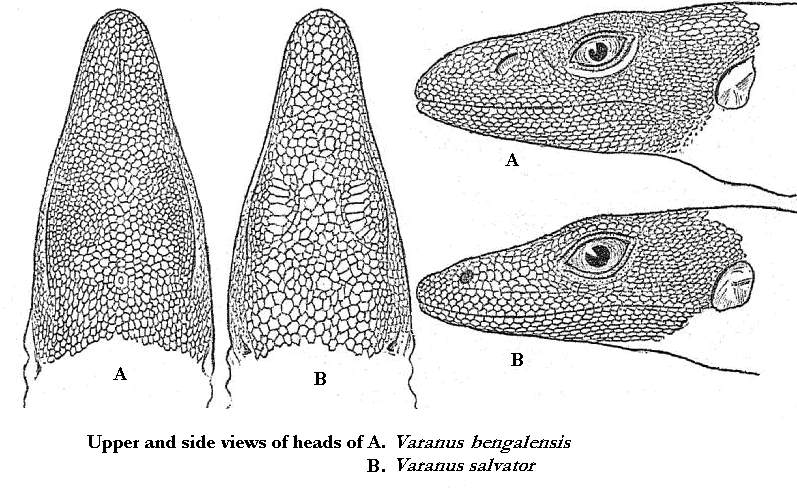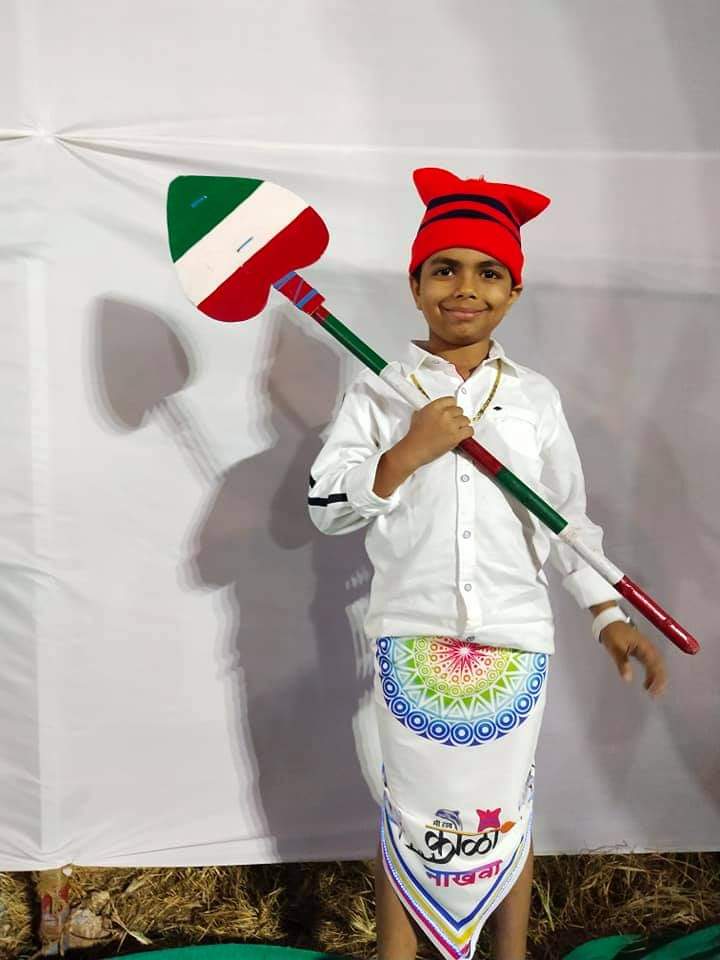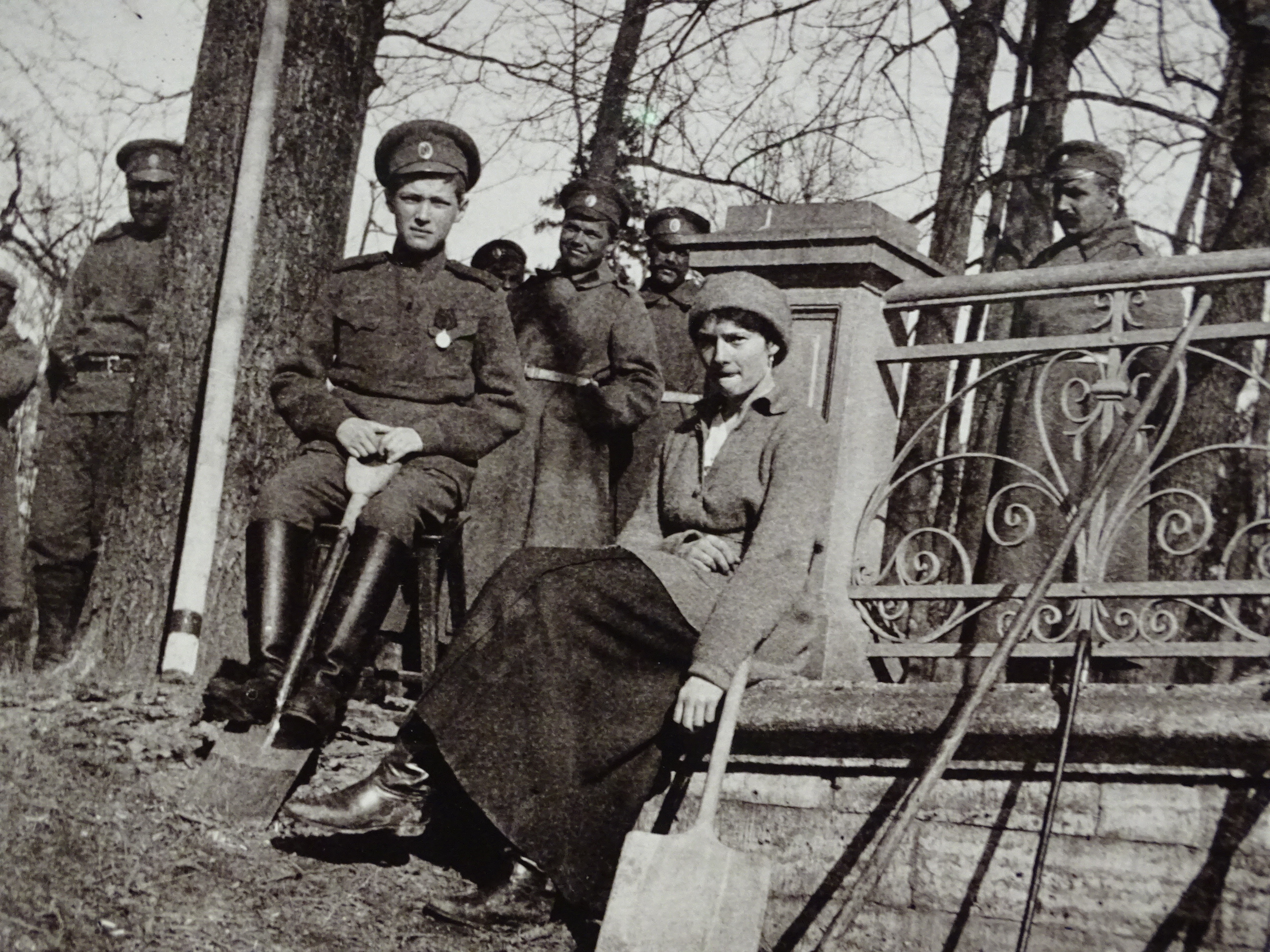|
Battle Of Sinhagad
The Battle of Sinhagad, also known as Battle of Kondhana, took place during the night of 4 February 1670 at the fort of Sinhagad (then Kondhana), near the city of Pune, Maharashtra, India. Background In the 1650s, Aurangzeb sent Shahiste Khan to subdue Shivaji. Khan captured Poona (Now Pune) and took residence in Lal Mahal. Shivaji and his soldiers made a surprise attack on the Khan, wherein they wounded Khan, and killed one of his sons. However, Khan eventually escaped. Shivaji went on to loot and plunder the wealthy port city of Surat, which at that time was a centre of great riches and wealthy merchants. This greatly increased Aurangzeb's anger against the Marathas. He sent his General Mirza Rajah Jai Singh with a large army to subdue Shivaji. Jai Singh besieged Purandar fort, and blocked entry and exit points. The Maratha tried to break the siege but were not successful. In the meantime Diler Khan defeated the armies at Vajragad, near Purandar. The Mughals plundered v ... [...More Info...] [...Related Items...] OR: [Wikipedia] [Google] [Baidu] |
Sinhagad
Sinhagad is an ancient hill fortress located at around 49 km southwest of the city of Pune, India. Previously known as ''Kondhana'', the fort had been the site of many battles, most notably the Battle of Sinhagad in 1670. The Sinhagad (''Lion's Fort'') was strategically built to provide natural protection due to its very steep slope The walls and bastions were constructed only at key places. There are two gates to enter the fort, the Kalyan Darwaza and Pune Darwaza, positioned at the south-east and northeast ends. The fort was also strategically located at the centre of a string of other Maratha Empire forts such as Rajgad Fort, Purandar Fort and Torna Fort. Geography Perched on an isolated cliff of the Bhuleswar range in the Sahyadri Mountains, the fort is situated on a hill about 760 metres above ground and 1,312 metres above mean sea level. History Early history Some of the information available about the fort, suggests that it could have been built 2000 years ag ... [...More Info...] [...Related Items...] OR: [Wikipedia] [Google] [Baidu] |
Tanhaji
''Tanhaji: The Unsung Warrior'' is a 2020 Indian historical action film, co-written and directed by Om Raut and produced by Bhushan Kumar, Krishan Kumar and Ajay Devgn under T-Series Films and Ajay Devgn FFilms. Tracing the life of Maratha warrior Tanaji Malusare, it stars Ajay Devgn as the eponymous lead, Kajol and Saif Ali Khan. It also features Neha Sharma, Sharad Kelkar and Luke Kenny in supporting roles. Set in the 17th century, it revolves around Tanaji's attempts to recapture the Kondhana fortress once it passes on to Mughal emperor Aurangzeb who transfers its control to his trusted guard Udaybhan Singh Rathore. The film was originally named ''Tanaji: The Unsung Warrior'' but the name was later changed to ''Tanhaji''. The film was launched on 20 July 2017, with Raut making his directorial debut in Bollywood. Raut, who previously directed '' Lokmanya: Ek Yug Purush'' (2015), for which he received acclaim, the film was simultaneously dubbed in Marathi following popul ... [...More Info...] [...Related Items...] OR: [Wikipedia] [Google] [Baidu] |
Raigad Fort
Raigad is a hill fort situated in Mahad, Raigad district of Maharashtra, India. It is one of the strongest fortresses on the Deccan Plateau. It was previously known as Rairee or Rairy fort. Many constructions and structures on Raigad were built by Chhatrapati Shivaji and the Chief Engineer was Hiroji Indulkar. When Chhatrapati Shivaji made it his capital in 1674 upon being crowned the king of the Maratha kingdom, which later developed into the Maratha Empire, eventually covering much of western and central India. The fort rises above base level and 1356 m above sea level in the Sahyadri mountain range. There are approximately 1,737 steps leading to the fort. The Raigad Ropeway, an aerial tramway, reaches 400 meters in height and 750 meters in length, and allows visitors to reach the fort from the ground in only four minutes. Major features The main palace was constructed using wood, of which only the base pillars remain. The main fort ruins consist of the queen's quart ... [...More Info...] [...Related Items...] OR: [Wikipedia] [Google] [Baidu] |
Garrison
A garrison (from the French ''garnison'', itself from the verb ''garnir'', "to equip") is any body of troops stationed in a particular location, originally to guard it. The term now often applies to certain facilities that constitute a military base or fortified military headquarters. A garrison is usually in a city, town, fort, castle, ship, or similar site. "Garrison town" is a common expression for any town that has a military base nearby. "Garrison towns" ( ar, أمصار, amsar) were used during the Arab Islamic conquests of Middle Eastern lands by Arab-Muslim armies to increase their dominance over indigenous populations. In order to occupy non-Arab, non-Islamic areas, nomadic Arab tribesmen were taken from the desert by the ruling Arab elite, conscripted into Islamic armies, and settled into garrison towns as well as given a share in the spoils of war. The primary utility of the Arab-Islamic garrisons was to control the indigenous non-Arab peoples of these conque ... [...More Info...] [...Related Items...] OR: [Wikipedia] [Google] [Baidu] |
Marathi Language
Marathi (; ''Marāṭhī'', ) is an Indo-Aryan languages, Indo-Aryan language predominantly spoken by Marathi people in the Indian state of Maharashtra. It is the official language of Maharashtra, and additional official language in the state of Goa. It is one of the 22 scheduled languages of India, with 83 million speakers as of 2011. Marathi ranks 11th in the List of languages by number of native speakers, list of languages with most native speakers in the world. Marathi has the List of languages by number of native speakers in India, third largest number of native speakers in India, after Hindi Language, Hindi and Bengali language, Bengali. The language has some of the oldest literature of all modern Indian languages. The major dialects of Marathi are Standard Marathi and the Varhadi dialect. Marathi distinguishes Clusivity, inclusive and exclusive forms of 'we' and possesses a three-way Grammatical gender, gender system, that features the neuter in addition to the masculine ... [...More Info...] [...Related Items...] OR: [Wikipedia] [Google] [Baidu] |
Bengal Monitor
The Bengal monitor (''Varanus bengalensis''), also called the common Indian monitor, is a monitor lizard distributed widely in the Indian Subcontinent, as well as parts of Southeast Asia and West Asia. This large lizard is mainly a terrestrial animal, and its length ranges from about from the tip of the snout to the end of the tail. Young monitors may be more arboreal, but adults mainly hunt on the ground, preying mainly on arthropods, but also taking small terrestrial vertebrates, ground birds, eggs and fish. Although large Bengal monitors have few predators apart from humans who hunt them for meat, younger individuals are hunted by many predators. Description The Bengal monitor can reach 175 cm with a snout-to-vent length (SVL) of 75 cm and a tail of 100 cm. Males are generally larger than females. Heavy individuals may weigh nearly 7.2 kg. The populations of monitors in India and Sri Lanka differ in the scalation from those of Myanmar; these populations ... [...More Info...] [...Related Items...] OR: [Wikipedia] [Google] [Baidu] |
Koli People
The Koli is an Indian caste found in Rajasthan, Himachal Pradesh, Gujarat, Maharashtra, Uttar Pradesh, Haryana, Karnataka, Odisha and Jammu and Kashmir states in India. Koli is an agriculturist caste of Gujarat but in coastal areas they also work as fishermen along with agriculture. In the beginning of 20th century, the Koli caste was recognised as a Criminal Tribe under Criminal Tribes Act by British Indian government because of their anti-social activities during World War I. The Koli caste forms the largest caste-cluster in Gujarat and Himachal Pradesh, comprising 24% and 30% of the total population in those states respectively. History Early There has historically been some difficulty in identifying people as Koli or as Bhil people in what is now the state of Gujarat. The two communities co-existed in the hills of that area and even today there is confusion regarding their identity, not helped, in the opinion of sociologist Arvind Shah, by there being "hardly ... [...More Info...] [...Related Items...] OR: [Wikipedia] [Google] [Baidu] |
Swaraj
Swarāj ( sa, स्वराज, translit=Svarāja '' sva-'' "self", '' raj'' "rule") can mean generally self-governance or "self-rule". It was first used by Chhatrapati Shivaji Maharaj to attain self rule from the Mughal Empire and the Adil Shahi and Nizam Shahi Sultanates. Later, the term was used synonymously with "home-rule" by Maharishi Dayanand Saraswati and later on by Mahatma Gandhi, but the word usually refers to Gandhi's concept of Indian independence from foreign domination. Swaraj lays stress on governance, not by a hierarchical government, but by self-governance through individuals and community building. The focus is on political decentralisation. Since this is against the political and social systems followed by Britain, Gandhi's concept of Swaraj advocated India's discarding British political, economic, bureaucratic, legal, military, and educational institutions. S. Satyamurti, Chittaranjan Das and Motilal Nehru were among a contrasting group of Swarajists ... [...More Info...] [...Related Items...] OR: [Wikipedia] [Google] [Baidu] |
Deccan Plateau
The large Deccan Plateau in southern India is located between the Western Ghats and the Eastern Ghats, and is loosely defined as the peninsular region between these ranges that is south of the Narmada river. To the north, it is bounded by the Satpura and Vindhya Ranges. A rocky terrain marked by boulders, its elevation ranges between , with an average of about .Editors of Encyclopedia Britannica (2014), ''Deccan plateau India''Encyclopaedia Britannica/ref> It is sloping generally eastward. Thus, its principal rivers—the Godavari, Krishna, and Kaveri (Cauvery)—flow eastward from the Western Ghats to the Bay of Bengal. The plateau is drier than the coastal region of southern India and is arid in places. It produced some of the major dynasties in Indian history, including the Pallavas, Satavahana, Vakataka, Chalukya, and Rashtrakuta dynasties, also the Western Chalukya Empire, the Kadambas, the Yadava dynasty, the Kakatiya Empire, the Musunuri Nayakas regime, the Vijayana ... [...More Info...] [...Related Items...] OR: [Wikipedia] [Google] [Baidu] |
Burhanpur
Burhanpur'' is a historical city in the Indian state of Madhya Pradesh. It is the administrative seat of Burhanpur District. It is situated on the north bank of the Tapti River and northeast of city of Mumbai, southwest of the state's capital city of Bhopal. The city is a Municipal Corporation. History Pre-Mughal period Burhanpur was an important city under the Rashtrakuta Dynasty from 753–982. Excavations of the Tapti River and Asirgarh Fort have discovered many coins, goddess idols and temples from the prehistoric era. However, Burhanpur came to prominence during the medieval period. In 1388, Malik Nasir Khan, the Faruqi dynasty Sultan of Khandesh, discovered Burhanpur, at the behest of Shaikh Zainuddin and named it after a well-known medieval Sufi saint, Burhan-ud-Din. Burhanpur became the capital of the Khandesh sultanate. Later, Miran Adil Khan II (reigned 1457–1501), another sultan of this dynasty, built a citadel and a number of palaces in Burhanpur. Dur ... [...More Info...] [...Related Items...] OR: [Wikipedia] [Google] [Baidu] |
House Arrest
In justice and law, house arrest (also called home confinement, home detention, or, in modern times, electronic monitoring) is a measure by which a person is confined by the authorities to their residence. Travel is usually restricted, if allowed at all. House arrest is an alternative to being in a prison while awaiting trial or after sentencing. While house arrest can be applied to criminal cases when prison does not seem an appropriate measure, the term is often applied to the use of house confinement as a measure of repression by authoritarian governments against political dissidents. In these cases, the person under house arrest often does not have access to any means of communication with people outside of the home; if electronic communication is allowed, conversations may be monitored. History Judges have imposed sentences of home confinement, as an alternative to prison, as far back as the 17th century. Galileo was confined to his home following his infamous trial ... [...More Info...] [...Related Items...] OR: [Wikipedia] [Google] [Baidu] |
.jpg)




.jpg)
.jpg)
